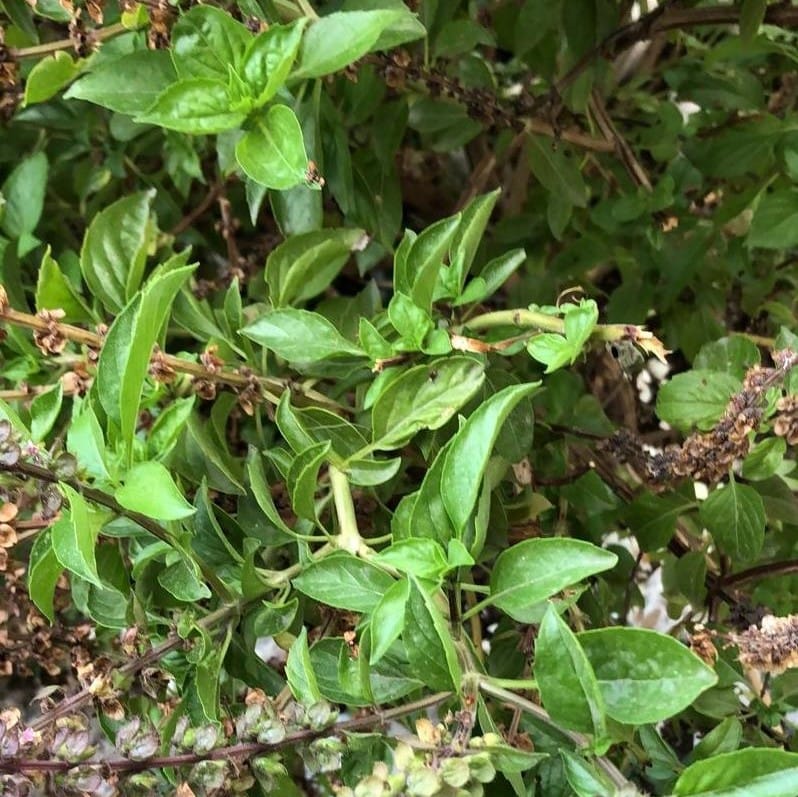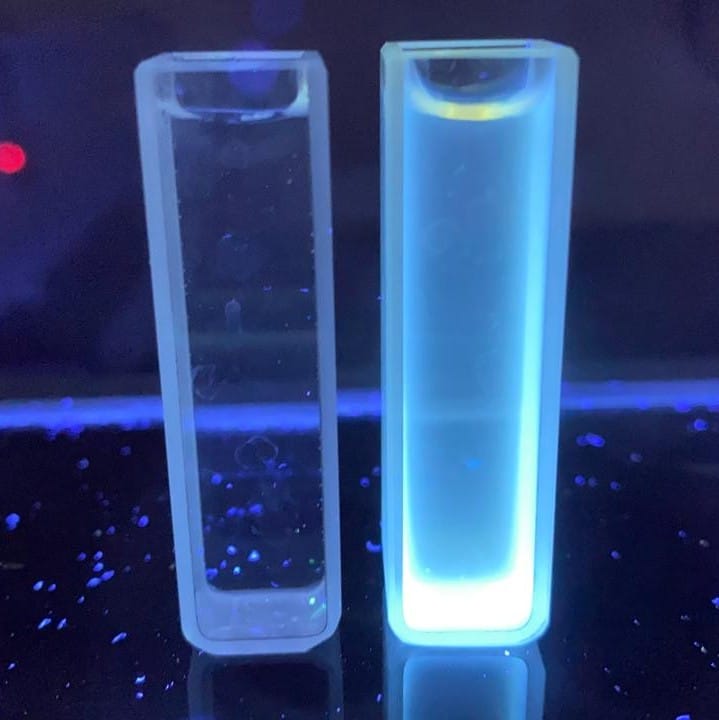Green Synthesis of Fluorescent Carbon Dots from Sweet Basil (Ocimum basilicum) Leaves via Hydrothermal Method
Manoj-Kumar Arthikala, Hugo Monreal-Contreras, Ravichandran Manisekaran
Disclaimer
DISCLAIMER – FOR INFORMATIONAL PURPOSES ONLY; USE AT YOUR OWN RISK
The protocol content here is for informational purposes only and does not constitute legal, medical, clinical, or safety advice, or otherwise; content added to protocols.io is not peer reviewed and may not have undergone a formal approval of any kind. Information presented in this protocol should not substitute for independent professional judgment, advice, diagnosis, or treatment. Any action you take or refrain from taking using or relying upon the information presented here is strictly at your own risk. You agree that neither the Company nor any of the authors, contributors, administrators, or anyone else associated with protocols.io, can be held responsible for your use of the information contained in or linked to this protocol or any of our Sites/Apps and Services.
Abstract
Carbon-based materials play significant roles in the development of material science. Carbon dots (CDs), a new rising star in the carbon family. Carbon dots (C-dots) have gained more attention among researchers due to their outstanding fluorescent property which can be tuned based on several factors like high photostability, excellent water solubility, tunable fluorescence and optical properties, high quantum yield (QY), low toxicity, good biocompatibility, and environmental friendliness. One among them is based on a carbon source, so scientists have widely investigated several synthetic and natural materials to produce C-dots for diverse applications. Among these approaches, hydrothermal/carbonization treatment is frequently applied for the preparation CDs because of the outstanding advantages, such as high yield, simple manipulation, easy control, uniform products, lower air pollution, low energy consumption and so on. In this protocol we intend to use the sweet basil, scientifically known as Ocimum basilicum leaves as a precursor to produce C-dots using water as a solvent by adopting the hydrothermal methodology. The green synthesis methods by means of green precursors of synthesis involves the usage of inexpensive or recycled materials, while the chemical synthesis methods involve toxic chemical reagents or organic solvents as precursors. The synthesized C-dots have been confirmed by their fluorescent image and UV-Visible spectrometer.
Steps
Step 1: Preparation of basil leaves
Then it is washed thoroughly and rinsed with distilled water to remove the debris, dust or any other unwanted substance attached on to the leaf surface.
Excess water is decanted.
The leaves are allowed to dry at 60°C for a duration of 24h 0m 0sin a heating oven with a temperature increment of 10°C/ 0h 1m 0s.
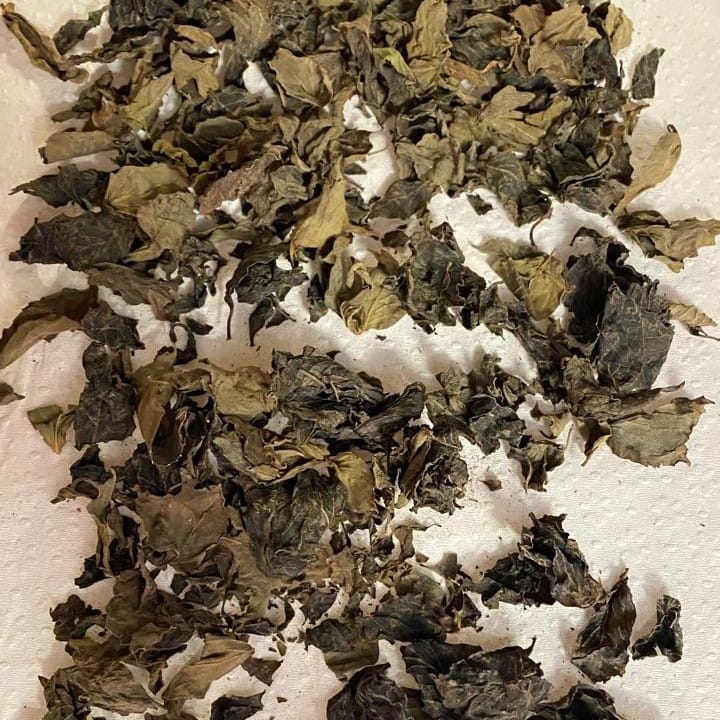
Dried leaves are crushed to fine powder using pestle and mortar.
The resulting powder can be stored at 4°C for less than a week.
Step 2: Preparation of precursor solution
To prepare the precursor solution, deionized water can be used as a solvent.
1gof powder is mixed with 10mL of water and dispersed under magnetic stirring or sonication process.
Step 3: Synthesis process
As this methodology uses hydrothermal process, a non-corrosive Polytetrafluoroethylene (PTFE) lined stainless steel autoclave reactor must be used.
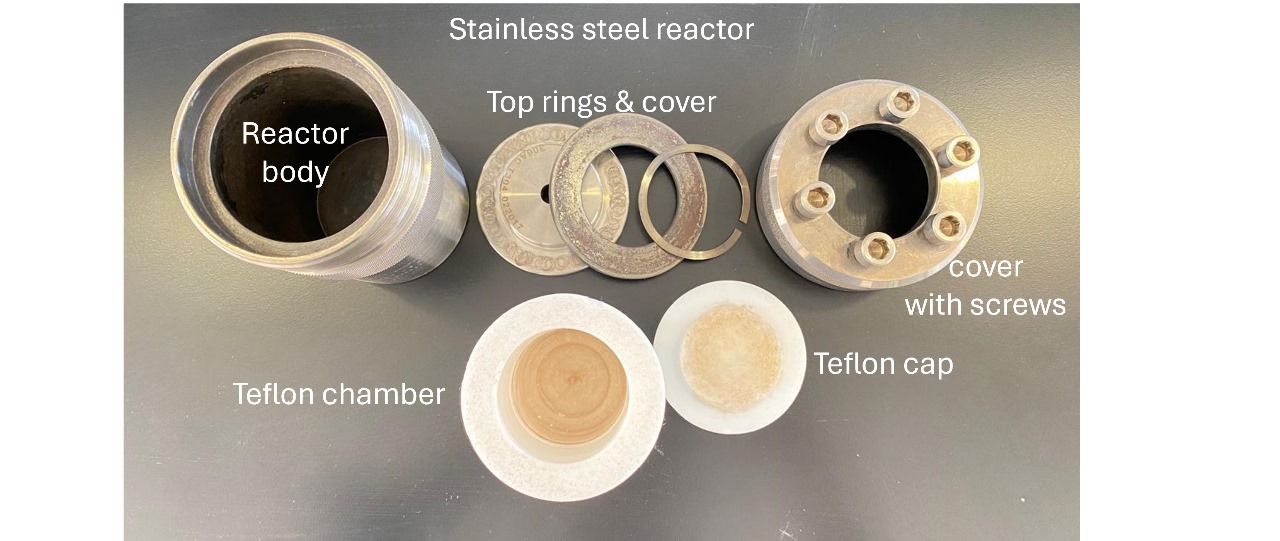
The characteristic of the reactor – it should withstand a temperature of 250°Cand an applicable pressure is 3.0 ± 1.0 MPa.
Depends on the synthesis volume the reactor should be filled only 60-70 % capacity.
Then the precursor solution is added to the reactor completely.
Finally, the reactor should be tightened to its maximum limit.
The whole setup is placed inside the oven which is pre-heated to 180°C for a period of 10h 0m 0s without any external disturbances.
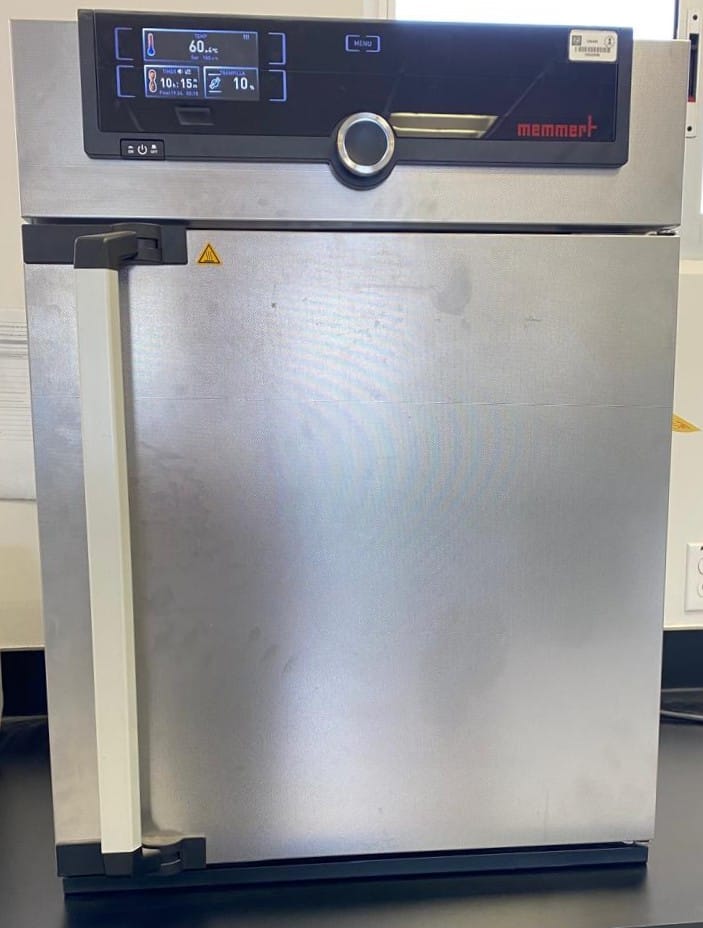
After the process, the reactor is allowed to be cooled down naturally inside the oven.
Step 4: C-dots purification
After completing the step 3, the resulting black turbid solution is transferred to the centrifuge tubes and C-dots are collected.
The solution is purified by centrifugation with 4000rpm,0h 0m 0sfor 0h 30m 0s .
Discard the pellet which is burnt residue of leaf powder, and the brownish solution is collected without disturbing the pellet at the bottom.
Later, to obtain pure C-dots the solution is centrifuged at 13000rpm,0h 0m 0s for 0h 10m 0sat 8°C.
The solution collected from (step 4-19) is passed through 0.22 µm pore size nylon sterile syringe filters.
The final solution is preserved at 4°C for further use.
Step 5: C-dots formation confirmation
Qualitative testing 1 - The formation can be checked primarily by exposing the solution under the UV light to visualize the blue fluorescence.
Qualitative testing 2 - The C-dot solution can be diluted for example 500µLwith 3mLof water in a quartz cuvette and measured in UV-Visible spectroscopy without any background noise.
Application of C-dots:
The synthesized can be used for wide range of applications and are broadly classified into:
-
Biomedical Applications
a. Bioimaging
b. Drug delivery
c. Photodynamic therapy
-
Optoelectronic Applications Optoelectronic Applications
a. Light-emitting diodes (LEDs)
b. Photodetectors
c. Photovoltaic devices
3 . Sensing Applications Sensing Applications
a. Biosensors
b. Chemosensors
c. Environmental monitoring
4. Security and Anti-Counterfeiting
a. Security inks
b. Security labels
c. Anti-counterfeiting coatings
5. Agricultural and Environmental Applications
a. Plant growth promotion
b. Crop yield enhancement
c. Soil remediation
